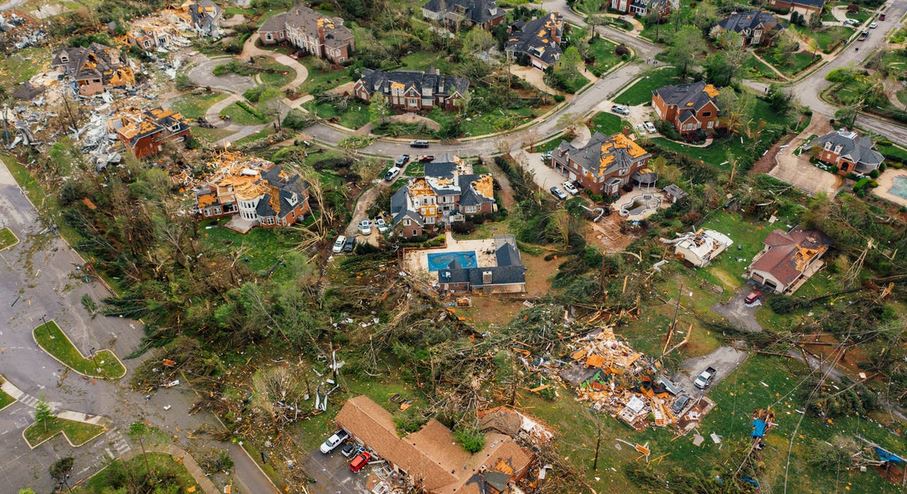Nobody wants to think about the possibility of their home being damaged or destroyed by natural disasters, but sadly, this is a reality that many face. Adverse and unpredictable weather conditions can wreak havoc, and millions of homeowners across the world are vulnerable to unexpected floods, storms, high winds and fires. While it may not be possible to prevent damage in extreme circumstances, there are steps you can take to reduce risks. Here are some tips to disaster-proof your home.
Investing in insurance
Insurance provides a safety blanket for homeowners. If you don’t already have a robust, comprehensive homeowner insurance policy, now is the time to start browsing offers and looking for cover for your home. If you have insurance and your home is damaged, you can make a claim, which will provide financial assistance for repairs and help if you need to relocate while remedial work is underway. If you have insurance, but there are several exceptions, or your policy is due for renewal, it’s wise to get some quotes for more comprehensive policies and compare prices. If you live in an area that is prone to flooding, or you get a lot of storms, it’s particularly important to make sure you have protection. Premiums are likely to be higher in cities and towns where the weather poses risks, but it’s worth paying more to make sure you have sufficient cover.
Powering your home
If your home was hit by a powerful storm, or heavy rain or high winds caused a power outage, would you be able to cope? Temporary, short-lived outages don’t cause too much trouble, but what would happen if you had to go for days without power? Investing in a generator from a site like ProtectingYourPower.com could provide a solution. It’s also a good idea to make sure you have supplies of food and bottled water, battery-operated torches and candles and plenty of blankets if you live in an area where outages are common. Listen out for advice on the TV and radio if bad weather is forecast and pay attention to evacuation warnings.
Weatherproofing your home
The weather can be incredibly destructive, but there are measures you can employ to strengthen your defenses and lower the risk of damage. Keep on top of general maintenance and check your roof and external walls on a regular basis. If you have loose tiles, broken gutters or holes in your chimney or walls, for example, it’s beneficial to address these issues as a priority. It’s also useful to plug gaps in window and door frames and replace damaged or weakened windows and doors. Landscaping can help to contain flooding and reduce the risk of damage caused by forest fires. If you’re renovating or carrying out repairs on your home, you can also consider using materials that provide better protection against the elements. For more tips on weatherproofing your home, take a look at this article.
Natural disasters are becoming more commonplace, and often, heavy downpours and storms can strike with little warning. It may not be possible to protect your home against every threat, but it is beneficial to be proactive in trying to reduce the risk of damage.

